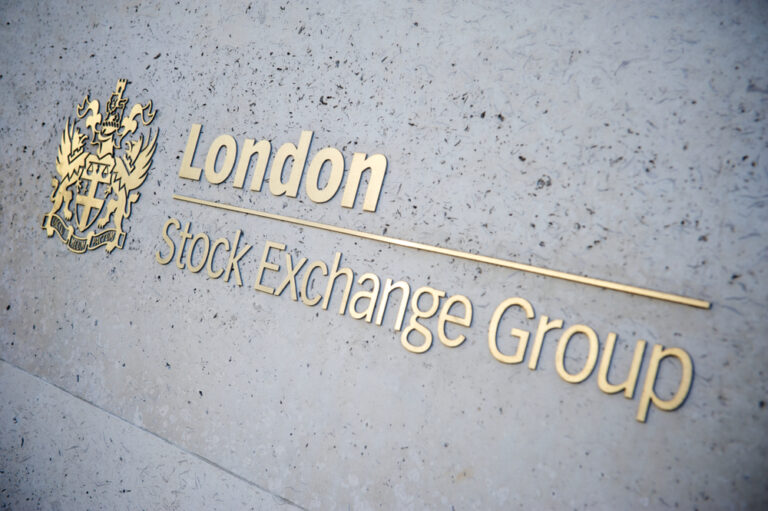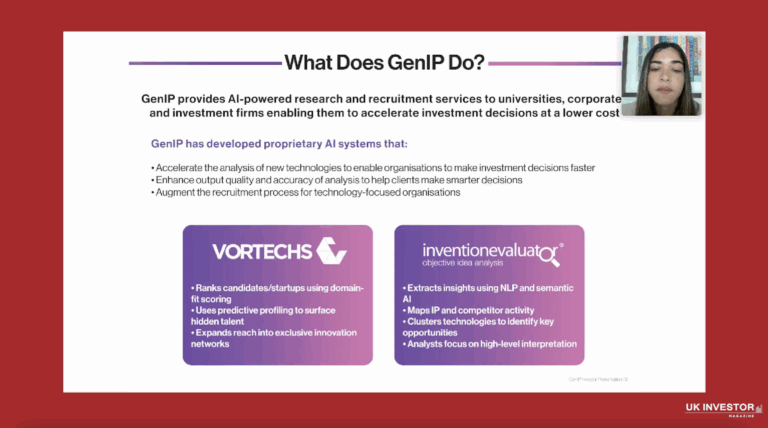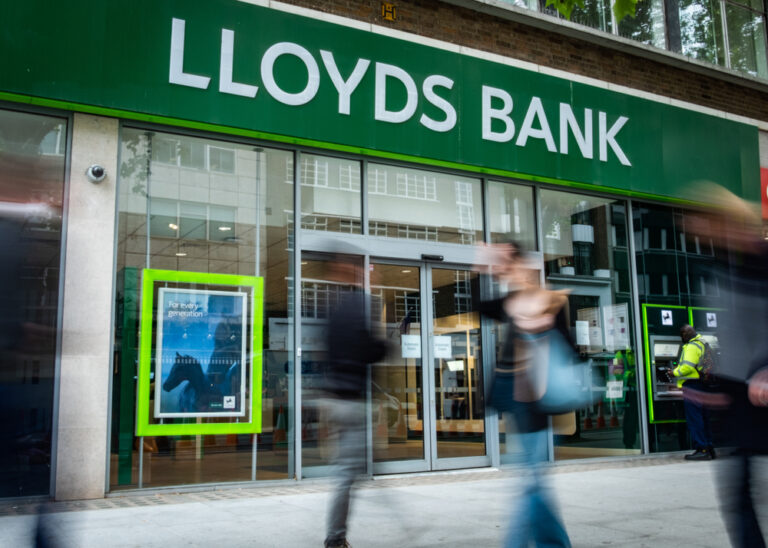NYCE International (LON: NYCE) director Farzad Payman bought 5.47 million shares. The share price increased by one-third to 0.1p.
Vaultz Capital (LON: V3TC) raised £2m at 7.75p/share, while subscriptions, including by Aura Digital, raised a further £4.275m and broker fees are being paid in shares. Further fundraisings are planned. Erik Benz has been appointed chief executive. Aura manages and controls crypto assets. The share price is 32.4% higher at 11.25p.
Lift Global Ventures (LON: LFT) is refocusing its investing policy on AI and there are advanced discussions with a potential investee company. WANdisco co-founder David Richards and Mark Horrocks have been appointed to the board. Th redemption date of the loan to Trans-Africa Energy has been extended to the end of October 2025. The share price jumped 22.2% to 0.55p.
Amazing AI (LON: AAI) chief executive Paul Mathieson bought 3.05 million shares at 0.64p each and 820,000 shares at 0.6p each. He owns 56.8%. The share price rose by one-fifth to 0.75p.
Supernova Digital (LON: SOL) had net assets of £4.73m, including cash of £19,000 and £3.11m of cryptocurrencies, at the end of April 2025. The share price is 15.4% ahead at 0.375p.
Ananda Developments (LON: ANA) increased research and development spending from £123,000 to £299,000 in the year to January 2025. The operating loss was reduced to £3.77m. The share price improved 14.8% to 0.35p.
Coinsilium (LON: COIN) owns 124.4239 Bitcoin at a total cost of £10.9m. The average price was £82,230.26/Bitcoin. The share price rose 11.5% to 7.25p.
Fintech investor Eight Capital Partners (LON: ECP) improved net assets from £12.8m to £31.3m because of an unrealised gain on investments, mainly related to the IAF2 bond investment. The share price increased 7.69% to 35p.
FALLERS
Shortwave Life Sciences (LON: PSY) has raised £250,000 at 0.25p/share. The cash will be spent on the core healthcare business and on investment in digital currency. Stephen Molloy has been appointed to the board. The share price slipped 16.7% to 0.125p.
KR1 (LON: KR1) generated £368,0000 in income from staking activities during June. NAV was 40.69p/share at the end of June. The share price declined 11.8% to 33.5p.
Vault Ventures (LON: VULT) is planning to acquire Kingbridge Capital in an all-share deal at a share price of 0.0225p, which is a large premium to the market price. The acquisition will help with execution and custody for crypto assets. The deal includes £375,000 of Ethereum and cash. The share price fell 9.38% to 0.0145p.
Clean fuel additives supplier SulNOx (LON: SNOX) generated record revenues of £523,000 in the quarter to June 2025. That is 157% ahead of the fist quarter of the previous financial year. Volumes have trebled. Cash was £1.8m at the end of June 2025. The share price slid 8.33% to 55p.
Vehicle electrification technology supplier Equipmake (LON: EQIP) had reduced its underlying cost base by 35% in the quarter to June. New IT is being installed. In the year to May 2025, revenues dipped from £8.1m to £4.4m because of disruption from the strategic review. The operating loss was £11m. Cash was £3.9m at the end of May 2025. Trading has improved in the new financial year. The contracted order book is worth £5.2m. The share price decreased 6.67% to 1.4p.
Social impact company Inqo Investments (LON: INQO) had net assets of R300.8m, including cash of R48.8m, at the end of February 2025. Full year revenues rose from R20.6m to R25.9m and there was a swing from loss to profit. That is mainly due to an increase in grant income from R1.7m to R19.8m. The share price dipped 4.35% to 55p.
Brewer Adnams (LON: ADB) has appointed Andy Driscoll as finance director. The share price slid 4.17% to £23.
Fenikso (LON: FNK) has received $537,000 as part payment for the Lekoil loan, which has been reduced to $36.3m. The cash is helping to pay down the Savannah Energy Investments loan, which is down to $1.96m. The share price declined 2.78% to 1.75p.
The Smarter Web Company (LON: SWC) has raised a further £19.7m at 325p/share. There are still 7.94 million shares to be placed. There are 2,050 Bitcoin owned with a total cost of £166.8m. The share price fell 2.3% to 212.5p.











